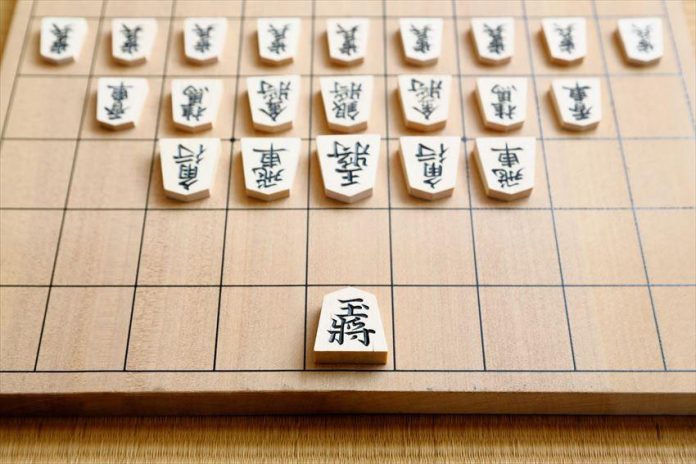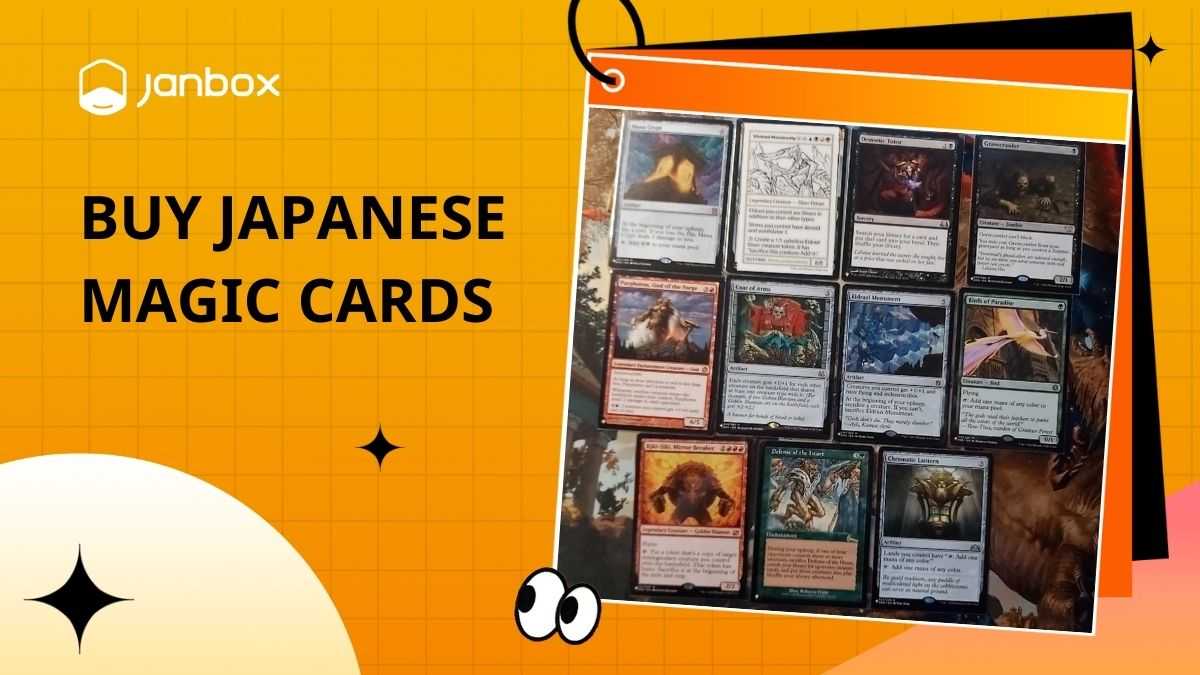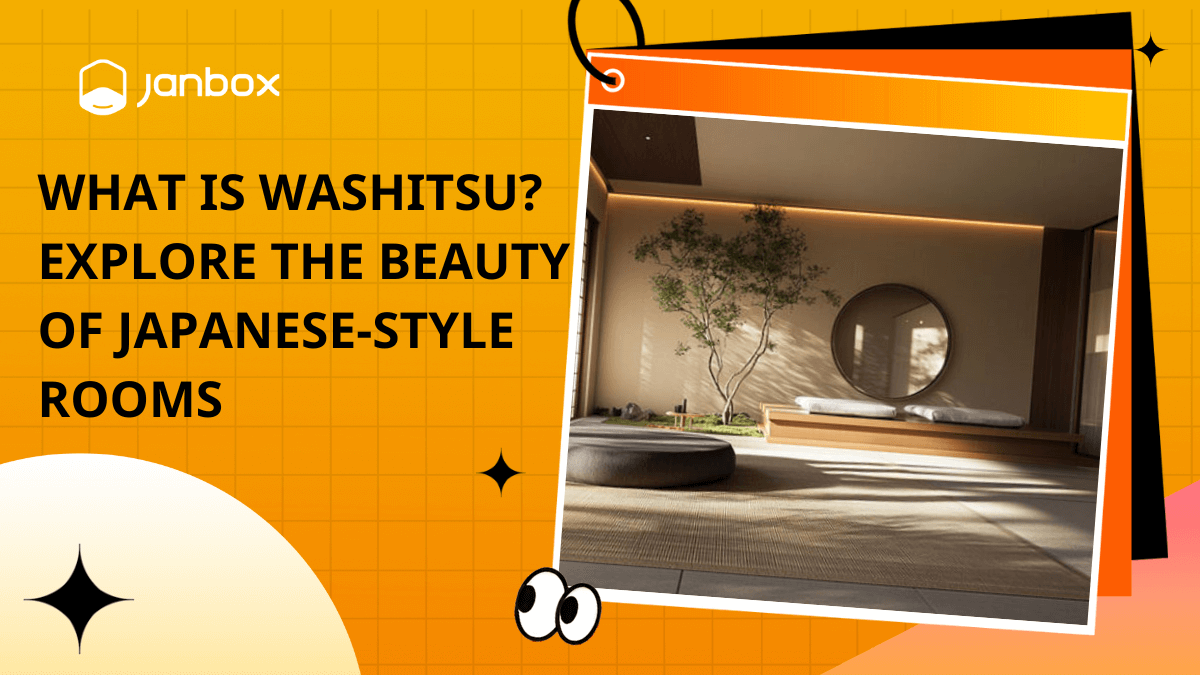Japan is one of the countries that creates a lot of unique intellectual entertainment games that are loved by many people around the world. In particular, Shogi is a very popular game and attracts a large number of players. Many people believe that it is this traditional chess game that has helped Japanese people become as smart as they are today. If you are looking to conquer and experience this “super hard” game of Japan, don’t ignore the article below of Janbox. We will tell you how to play Shogi! Find out now!
I. What is Shogi?
Shogi, (将棋, shōgi) also known as Japanese chess, is derived from the Indian game Saturanga from the 6th century. Shogi has a playing style similar to chess but is more complex as it has the dropping pieces rule, making shogi chess become more variable.
In the Western countries, Shogi, known as “Japanese board games“, first appeared in the 7th century AD when the ruins of this game were found at a temple in Horyuji.
Similarities between Chess and Shogi
– They all have the same goal of capturing the opponent’s King
– Played on a board consisting of many squares, including pieces that illustrate the medieval army.
Shogi board setup
Each player’s side is dealt 20 pieces and arranged as instructed in the chess piece. The pieces are turned black face up, pointing the pieces towards the opponent.
Two players are called by the colors Black and White (or sente and gote). This concept is only to distinguish between the two sides, not to refer to the color of the pieces.
Shogi pieces names
For players who do not know Japanese, you must take the time to understand the Shogi piece’s names and how to distinguish them. Shogi pieces have a pentagonal shape resembling a wedge and are of equal size. Each player starts the game with 20 pieces in the following numbers:
King: 1 piece
Rook: 1 piece
Bishop: 1 piece
Gold General: 2 pieces
Silver General: 2 pieces
Knight: 2 pieces
Lance: 2 pieces
Pawn: 9 pieces
In the beginning, Black moves first, then goes to White, and alternates like that until the end of the game. The pieces must follow the rules of how they go.
When conducting the game, you can conduct “Movement”, “Drop” and “Promotion” for chess pieces according to the following rules.
II. Shogi game rules
Shogi game rules are quite complicated, due to spatial variations on the board and the selection of returning dead pieces to the board. Therefore, the first important thing you need to do before you start playing is to learn the Shogi rules.
1. Objective
The purpose of the shogi is to check the opponent’s King.
2. Shogi pieces Movement and Capture
Regarding the Shogi pieces movement, each has its own way of going. The King, Gold General, Silver General, and Pawn go one by one. If an opponent’s piece is occupying that square, that piece is captured, and removed from the board. If a piece of the same side is occupying that square, the player cannot move another piece to the same square.
The Knight is the only piece that can “jump over” other pieces to reach a new square, the pieces can be on the same side or on the other side. Jumped pieces are unaffected by the Knight’s move.
Lance, Bishop, and Rook can go one or more squares in different directions; The Lance can only go straight ahead, the Bishop can only go in 4 diagonal directions (front left, front right, back left, and right back) while the Rook goes in 4 straight directions (front, back, left and right). Along the way, if they encounter an opponent’s piece, they can capture that piece and stop at that square. If they encounter a piece of the same side, they must stop on the square before that square.
2.1. The King
- Go straight into one of 4 squares: front, back, left or right, or
- Go diagonally to one of the 4 squares: front right, front left, back right, or back left, except when the go-to square is already occupied by a piece of the same side.
There are a total of 8 ways for the King.
2.2. Gold General
- Go straight into one of 4 squares: front, back, left or right, or
- Go diagonal to one of the 2 squares: front right or front left (do not go diagonally back), except when the go-to square is already occupied by a piece of the same side.
There are a total of 6 ways for the Gold General. Gold General is never promoted.
2.3. Silver General
- Go diagonally into one of 4 cells: front right, front left, back right or back left, or
- Go directly to the square directly in front of you, except when the square is already occupied by a piece of the same side.
There are a total of 5 ways for the Silver General. An unleveled Silver Hero moves back faster than a promoted Silver General, so there’s usually an unleveled Silver Chess on the board. After being promoted to Silver General, go like Gold General.
2.4. Knight
Like chess, the Shogi’s Knight follows an L-shape; Unlike chess, it can only go forward, if the tile to go to has not been occupied by a piece of the same side. Thus, in total there are 2 ways to go for Knight.
The point is that the Shogi Knight “jumps” over other pieces to get to the square it wants to go to, it cannot be stopped as is the case with the chess Knight.
Because of that “jumping” ability, it is common to keep an unpromoted Knight in the opposing area of the chessboard. However, since it cannot go sideways or backward, the Knight must be granted when it reaches one of the last two rows of the board because otherwise, it cannot move.
After being granted the rank of Knight, go as a Gold General.
2.5. Lance
The Lance can go straight to any square in front of it, if not prevented by a piece of the same side. It cannot go sideways or backward.
Normally, it is common to keep an unpromoted lance in the opponent’s area of the chessboard. Since it is not possible to go sideways or backward, a lance must be granted when reaching the last row of the chessboard.
After being promoted, the lance walked away like a Gold General.
2.6. Bishop
The bishop can go diagonally to any of the 4 diagonal directions, if not prevented by a piece of the same side.
Because the Bishop only walks diagonally, the unleveled Bishop can only control half of the squares on the chessboard.
Once granted the Bishop keeps its steps and adds the King’s steps.
2.7. Rook
The rook can go straight to any square in 4 straight directions: front, back, right, and left, if not prevented by a piece of the same side.
Once promoted, the Rook keeps its moves and adds the King’s moves.
2.8. Pawn
The pawn can only go straight to the square directly in front of it (it cannot go backward or sideways) if that square is not occupied by a piece of the same side.
Since the Pawn cannot go backward or sideways, it must be leveled up when it reaches the bottom row of the board. In fact, people are always looking for ways to promote the Pawn.
After being promoted to a Pawn, go as a Gold General.
3. Capturing rule
Similar to chess, Shogi pieces can “take” or knock the opponent’s pieces out of the game when they move to the square where the opponent’s piece is located. Note: you still have to follow the rules of each piece.
4. Drops rule
The Law of Dropping is a very interesting feature of Shogi Chess. Then, when it’s their turn, instead of moving a piece, the player can put any previously captured piece of the opponent (in the form of unleveled) into any empty square on the chessboard. and make that piece yours.
When dropping a piece, you are not allowed to capture the opponent’s piece, and that piece is not immediately promoted if placed in the leveled area. The eating and granting is done in the next move.
The released piece must be able to make valid moves on subsequent attempts. Therefore, Pawn, Knight, and Lance are not allowed to drop on the furthest row (because they cannot move forward). The Knight cannot be placed on row 8.
Pawns need to ensure the following principles after Release:
+ A Pawn cannot be dropped on the same vertical column with another unassigned pawn on the same side. If there are 5 unleveled pawns on all columns, no pawns are allowed to drop
+ The Pawn can be released to form a Checking King position, but it is not shown all the way. All other pieces are allowed to Release and Show All.
5. Promotion rule
For Shogi chess, the Promoting zone is the last 3 rows on the other side of the board, i.e. the area where the opponent’s initial pieces are placed. When a piece passes through the leveled area (even if it’s just to go to the outside area, but not the drop piece), that piece can also be leveled, but not required.
When Level Up is selected, the piece will be flipped Red to show its new value and move according to its new level.
When captured, the promoted pieces will return to their original form.
6. Check
When a player makes a move that the next chess move can take the opponent’s King, that move is called “Check the King” and the King is at that time “checked”. At that time, when changing opponents, they need to run away from the King or use other pieces to protect themselves from being captured. If the opponent cannot make a move as above, it is called “Check All” and the player who “Checks All” is the winner.
7. End of the Shogi game
A player who catches the opponent’s King is the winner. In reality, this rarely happens because one side will admit defeat when it sees that the defeat cannot be saved. Players may be forfeited if they make an illegal move.
In addition, the end of the game can end in a draw position, there are 2 ways to settle as follows
+ Repeat move: If the position is repeated 4 times with the move of the same player, then this move is considered not counted. Two positions are considered the same when the pieces in hand and the position on the board are the same. However, that position must not be the King position, any player who plays 4 times will be disqualified immediately.
+ King co-existence: when both King pieces enter their own promoting zone and both are no longer able to check all the opponents or capture more pieces. When this happens, use the scoring method of each side’s pieces to find out the winner: each Rook or Bishop counts 5 points, and other pieces except the king count 1 point (ranked pieces only count as normal pieces). ). The side with less than 24 points will be forfeited. If both sides have less than 24 points, the game will not be counted.
III. Shogi strategy
Shogi has a wide variety of playing techniques for different levels of players, from beginners to professional players. Here is the Shogi strategy to help you quickly improve your playing.
1. Don’t forget to drop pieces
“Dropping” in Shogi is understood as when it’s their turn, instead of moving a piece, the player can put any piece that was previously captured by the opponent (in the form of not leveled) into the game. Any empty square on the chessboard and make that piece yours.
“Drop the pieces” is one of the most basic and interesting rules of Shogi chess.
But a lot of Shogi newbies forget to drop their pieces.
With a 9×9 board and most pieces that can only move one square at a time, it’s easy to mistake Shogi for a slow-moving game.
With the proper swap and drop, a Shogi pawn can overcome an entire 9×9 board and assume the power of a golden champion in just a few moves. “Drop troops” makes Shogi an extremely fast-paced game.
2. Move the King and Build a Castle
In Shogi chess, the strategy of Building Castles – Castles (囲い kakoi) is understood as the strategy of building up structures to position pieces to become a defense system to protect the King. This is one of the most important strategies in the game of Shogi chess. One of the worst positions for a king is in the initial position on the board.
Three techniques of building chess castles in Shogi chess are Mino Castle, Yagura Castle, and Anaguma castles. Get used to building these three types of Citadel, you will definitely outperform other new players a lot.
These three techniques all place the king in a corner of the board. The opponent’s flash attacks in Shogi often involve “Dropping”, so the three tactics above help protect and counter your opponent’s sudden “Drop”.
Once you have chosen a defensive technique, you can know which pieces you need to stay in to protect the King and which pieces can be moved freely.
3. Learn how to move the Rook
“Don’t let the king and rook get close to each other” – that is one of the pieces of advice when playing Shogi. Because the King and Rook are two of the most important pieces in Shogi. If they are close together, your opponent will easily have an advantage because you often have to trade Rooks to protect your King. So, at the beginning of the game, keep the King and the Rook apart as well as throughout the game.
4.Clearing the way for the Bishop
At the start of the game, the Bishop is stuck in the second row. Moving 1 Pawn forward clears a diagonal for the Bishop. However, opening diagonals means that the opponent’s Bishop will also be easier to attack. So keep it in mind and calculate carefully before opening the diagonal.
When opening diagonals, make sure they don’t expose your King to your opponent’s Bishop.
5. Play often
Shogi skills can drop very quickly. So look for players to play with you often. You can play with your friends and family. This regular play will not only entertain you but also help you practice and improve your skills. Therefore, set aside sometime in the day to practice and apply what you have learned in practice. From there, draw your own playing strategies that are right for you.
Besides, don’t forget to equip yourself with a quality Shogi board. If you are still wondering where to buy a chess set, visit the Janbox website. We will help you buy the best quality Shogi board and ship it to your address as quickly as possible.
IV. Conclusion
Above is useful knowledge and instructions on how to play Shogi. If you have any questions related to this subject, please contact our Janbox supporting team for the best advice. Hope you guys have interesting moments when playing Shogi chess!
- Website: https://janbox.com
- Email: [email protected]
- Facebook: https://www.facebook.com/janbox.com.en










